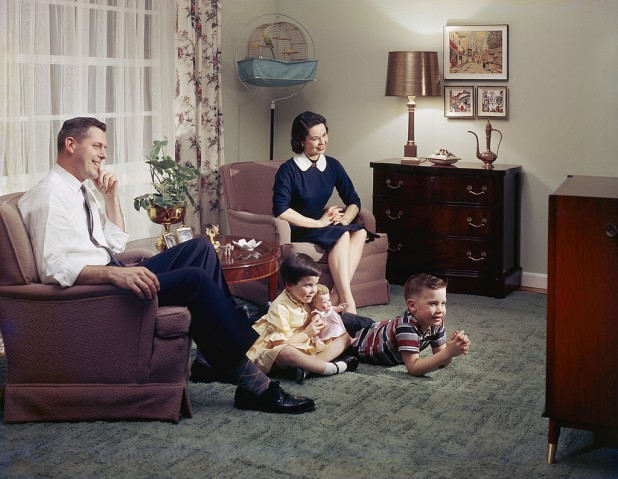Amazon Fire TV Developing Networked DVR
Amazon wants you to be able to record its live video programming. To that end, according to Bloomberg News, the web retailer and streaming video service is hard at work developing a networked DVR. Bloomberg says Amazon has not revealed a release date for the DVR.

A networked DVR is one held in the provider’s central location, not in the consumer’s home. It records live content in real time. The consumer can view the recorded content at will, unbound by TV network broadcast schedules.
Amazon’s Lab 126, which built the Fire TV and Echo devices, is working on the new DVR. Staff for Lab 126 have dubbed the new DVR project ‘Frank’.
‘Frank’ will incorporate the same wireless technology that connects its Echo voice control devices to Fire TV boxes.
The device, according to Bloomberg, could stream recorded video to mobile tablets and phones. Existing Fire TV devices on the customer’s home network will support it. Amazon’s new DVR will be connected through the home WiFi network. It will not plug into a TV.
A conventional DVR (TiVo, Channel Master, etc.) usually plugs into a TV set, and features its own user interface. A networked DVR, by contrast, doesn’t have to be plugged into a TV. It can be placed anywhere in the home, and can stream recorded content to any TV, streaming stick, or mobile device. In most cases, networked DVRs don’t have their own HDMI ports.
Amazon Prime Video is a subscription service, for which the customer pays monthly or annual fees. Beside the video service, customers get free or discounted shipping on goods ordered through Amazon. The video service is meant to compete with Netflix and Hulu.
(For streaming video, you need a reliable internet service. To find the best one for you, shop with Satellite Country. We can help.)




